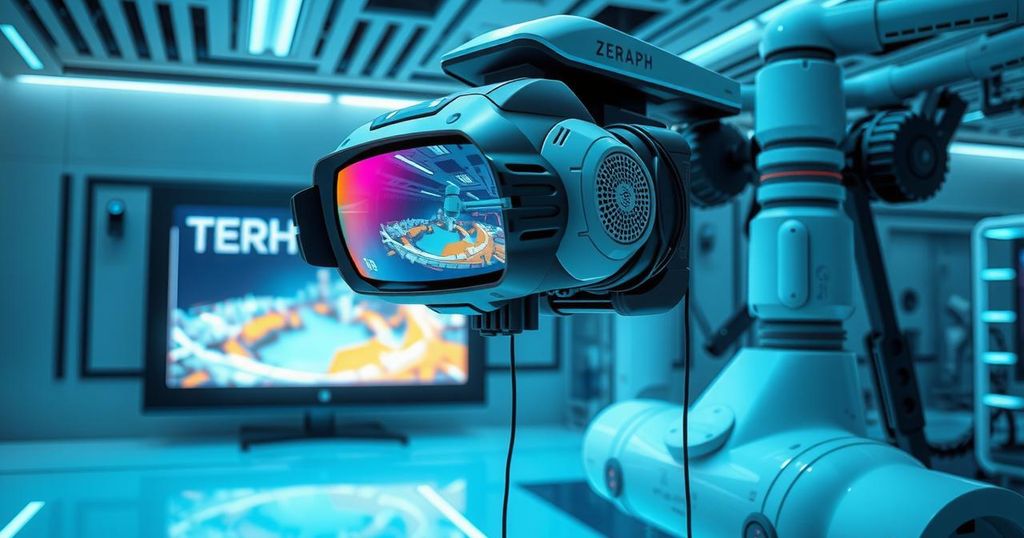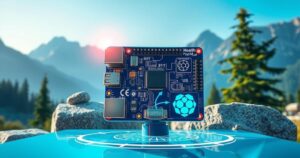Scientists Develop ‘Superhuman’ Robotic Vision System and Other Tech News You Need to Know
Scientists, led by Professor Mingmin Zhao, have developed PanoRadar, a robotic vision system able to see through thick smoke and rain, which could assist in rescue missions. South Korea sets a goal for 10,000 GPUs to amp up its national AI computing efforts. Other tech news includes a report on mobile phone bans in schools, Meta’s sub-sea cable project, and a major EV battery producer’s stock listing plans.
In the latest technological breakthroughs, scientists are pushing boundaries with a new robotic vision system that offers capabilities unheard of before. This amazing tool, dubbed PanoRadar, has been crafted to see through dense smoke and relentless rain and even around corners. It’s using a cutting-edge radio-based sensing system, enhanced by AI, creating a robust 3D representation of the robot’s environment. Unlike traditional sensors, which can be blocked by environmental factors, this one looks to harness new technology to improve search-and-rescue operations in dangerous settings, like burning buildings. Professor Mingmin Zhao and his team at the University of Pennsylvania are behind it. He stated, “What we have been trying to do here is basically help robots obtain superhuman vision – to see in scenarios where human eyes or traditional visual sensors cannot.”
The magic lies in the robot’s ability to sense radio wave reflections, letting it bypass obstacles such as smoke that hinder visibility. Zhao elaborated, “The key innovation is in how we process these radio wave measurements.” This technology isn’t just for rescue robotics. They’re also exploring how it might be applied in autonomous vehicles. Zhao noted the importance of multiple sensing methods, as different sensors have unique advantages. The combination of these innovations might just create robots ready to face real-world challenges head-on.
In South Korea, the government is ambitiously aiming for 10,000 graphics processing units (GPUs) for its national AI computing center by 2025. With the competitive landscape morphing into a national one, acting President Choi Sang-mok emphasized the urgency. “As competition for dominance in the AI industry intensifies, the competitive landscape is shifting from battles between companies to a full-scale rivalry between national innovation ecosystems.” This initiative is in partnership with private businesses, aiming to establish services that bolster South Korea’s AI capabilities.
The technological landscape is bustling with exciting developments. From the creation of a superhuman robotic vision system capable of seeing through poor visibility to South Korea’s sweeping initiative to secure thousands of GPUs for AI processing, the future looks bright. Additionally, insights from various studies on tech’s impact on education and initiatives like Meta’s mammoth underwater cable project show a global pivot towards enhanced connectivity and responsible tech usage in emerging fields. Keeping pace with these innovations will be crucial moving forward.
Original Source: www.weforum.org




